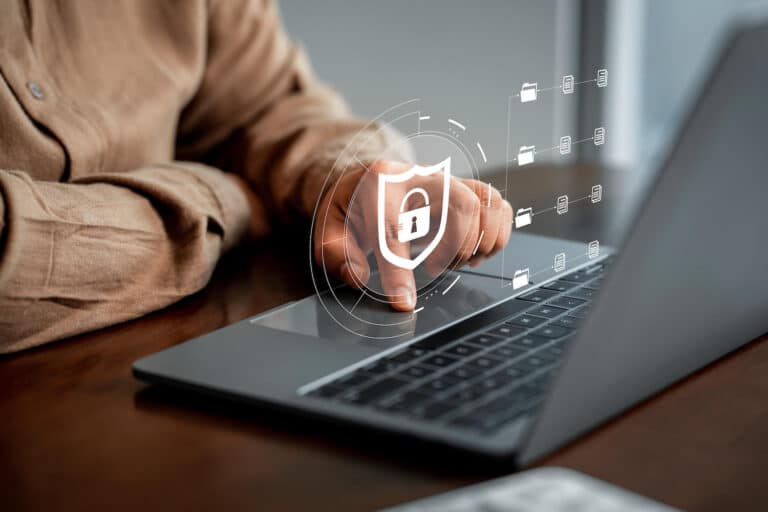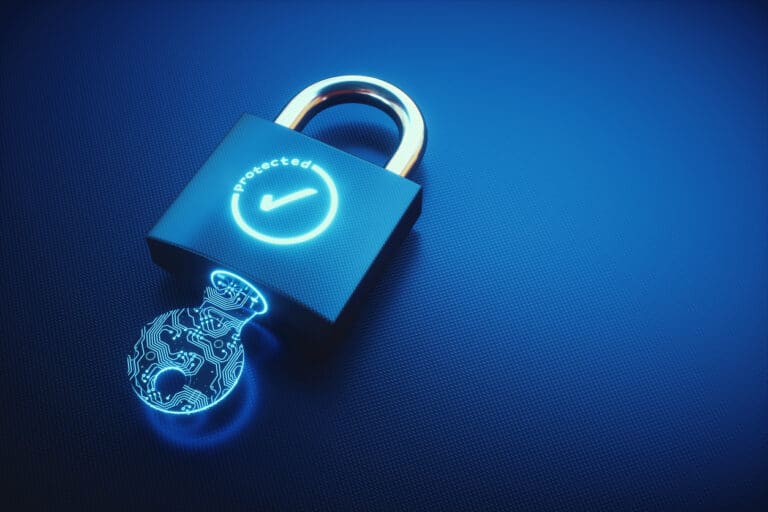Overview
Welcome to the first of a two-part deep dive into SOC 2 certification. In Part 1, we’ll explore the essentials of SOC 2 Type 1, while Part 2 will take you through the intricacies of SOC 2 Type 2. Whether you’re just starting your compliance journey or refining your security practices, this series is your go-to guide.
SOC 2 (System and Organization Controls 2) is a compliance framework designed to manage and protect customer data in the cloud. It was developed by the American Institute of CPAs (AICPA) and focuses on the ability of a business to handle sensitive information with high standards of security and privacy.
SOC 2 compliance is evaluated based on five trust service criteria:
- Security – Protecting against unauthorized access to the system.
- Availability – Ensuring that the system is available for operation as per service level availability agreements.
- Processing Integrity – Making sure the system’s processing is accurate, timely, and authorized.
- Confidentiality – Ensuring information designated as confidential is properly protected.
- Privacy – Protecting personal information as required by relevant laws , commitments, and guidelines (for example GAPP – Generally Accepted Privacy Principles).
SOC 2 reports are often essential for SaaS companies and other service providers handling customer data, ensuring that they adhere to best practices for security and data management. These reports come in two types:
- Type 1: Evaluates the design of controls at a specific point in time.
- Type 2: Evaluates the operational effectiveness of those controls over a period of time.
Understanding SOC 2 Type 1
SOC 2 Type 1 certification represents a major milestone for service organizations aiming to demonstrate their commitment to data security and privacy. This certification focuses on the suitability of the design of controls at a specific point in time, providing stakeholders with assurance that robust safeguarding mechanisms are in place. It evaluates whether an organization’s systems align with five key Trust Service Criteria: security, availability, processing integrity, confidentiality, and privacy.
Achieving SOC 2 Type 1 certification requires rigorous assessment by an independent auditor who examines documentation and processes to ensure compliance. Companies that attain this certification not only reinforce customer trust but also establish a competitive edge in markets that prioritize stringent data protection standards. For businesses growing increasingly reliant on third-party services, understanding SOC 2 Type 1 is very key; it serves as both a benchmark for service provider reliability and a strategic differentiator in securing client relationships and trust.
Importance of SOC 2 for Businesses
SOC 2 compliance is crucial for businesses, as it assures customers and stakeholders that data protection and privacy controls meet stringent industry standards. Achieving SOC 2 certification demonstrates a company’s commitment to maintaining high levels of information security, fostering trust among clients, partners, and regulators. It differentiates your business in competitive markets where handling sensitive data with utmost care is non-negotiable.
SOC 2 also ensures that internal processes are robust and continuously monitored, reducing the risk of data breaches and operational disruptions. This proactive stance not only protects the business from potential cybersecurity threats but also enhances overall efficiency through well-documented practices. Ultimately, investing in SOC 2 compliance can translate into long-term financial gains by preventing costly incidents and maintaining strong client relationships.
Key Criteria for SOC 2 Compliance
For organizations seeking SOC 2 Type 1 certification, understanding the key criteria is essential. One of the primary factors involves establishing solid internal controls around data protection as stipulated by the five Trust Service Criteria: Security, Availability, Processing Integrity, Confidentiality, and Privacy. These criteria ensure that sensitive client information is rigorously managed and safeguarded against unauthorized access or breaches.
Another critical aspect to consider is documentation. Accurate and thorough documentation of policies, procedures, and evidence of control implementation can significantly streamline the audit process. Organizations need to demonstrate not just that they have established these controls but also that they are actively monitored and maintained on an ongoing basis. Keeping up with regulatory changes and ensuring continuous compliance can differentiate a company in an increasingly competitive market landscape.
Preparing for a SOC 2 Audit
Preparing for a SOC 2 audit requires a lot of attention to detail and a structured plan. Begin by identifying the scope of your audit, which includes determining the Trust Service Criteria relevant to your organization. It is essential to align internal processes with these criteria, ensuring that your security policies, procedures, and controls are robust and documented comprehensively.
Engage in regular internal audits before the official SOC 2 review. This practice will help identify potential areas of non-compliance early on, allowing time for corrective actions. Additionally, fostering a culture of security awareness among all employees can significantly ease the audit process. Training sessions and clear communication regarding their roles in maintaining compliance can drive better performance during an actual assessment.
Steps in the Assessment Process
The assessment process for SOC 2 Type 1 certification begins with a thorough scoping phase. During this initial step, organizations must delineate their system boundaries, identifying which systems, processes, and data sets fall within the scope of the audit. This stage is key; precise scoping ensures that critical areas are covered without unnecessary evaluation of irrelevant components.
Next, a readiness review helps to evaluate current compliance levels against SOC 2 criteria. This involves documenting existing controls and identifying any gaps that need to be addressed before the formal assessment. Unlike traditional checklists, this step demands an insightful analysis of how well current practices align with the trust service criteria.
Finally, the actual examination involves rigorous testing of documented controls to verify their design and implementation effectiveness at a point in time. Auditors may employ various methods such as personnel interviews, evidence gathering from system outputs, and control operation reviews. The focus here is on concrete validation rather than hypothetical scenarios or unverified claims.
By breaking down these steps methodically—from defining scope to evaluating readiness and conducting audits—organizations can approach SOC 2 Type 1 assessments systematically to achieve certification effectively while fostering trust with stakeholders.
Common Challenges and How to Overcome Them
Achieving SOC 2 Type 1 certification comes with some challenges. One common hurdle is understanding and mapping your internal controls to match the Trust Service Criteria. Companies often struggle to translate their daily activities into formal, auditable processes. Addressing this requires a detailed gap analysis and possibly leveraging external consultants who specialize in SOC 2 assessments. By doing so, companies can identify deficiencies early on and adapt their processes accordingly.
Another significant challenge is ensuring consistent documentation and evidence collection throughout the assessment period. Inconsistent or incomplete records can derail the entire certification process. Implementing automated compliance tools can streamline evidence gathering, ensuring that all necessary documentation is captured in real-time. Additionally, regular internal audits can help maintain ongoing readiness for the final review by external auditors, reducing last-minute scrambling and improving overall compliance posture.
Benefits of Achieving SOC 2 Type 1
Achieving SOC 2 Type 1 certification provides significant benefits that enhance trust and credibility with clients. This certification demonstrates a company’s commitment to implementing robust security practices, solidifying its reputation in protecting sensitive customer data. The resulting confidence can be leveraged as a competitive advantage, fostering stronger business relationships and potentially attracting new clientele.
Additionally, SOC 2 Type 1 certification streamlines compliance with industry regulations by establishing standardized processes for data protection. It signals adherence to best practices, reducing the likelihood of security breaches and their associated costs. Ultimately, this proactive approach to security not only mitigates risks but also underscores an organization’s dedication to operational excellence and responsible governance.
Conclusion: The Path to Reliable Security Compliance
Achieving SOC 2 Type 1 certification marks a key step in the journey toward trustworthy security compliance, but it is by no means the end goal. The certification acts as a baseline, affirming that foundational controls are in place at a specific point in time. However, maintaining and improving these standards requires an ongoing commitment to rigorous assessments and adaptive strategies.
The path forward involves continuous monitoring and regular audits to ensure sustained alignment with evolving security requirements. Successful organizations go beyond mere compliance; they foster a culture of proactive risk management and resilience. By prioritizing transparency and keeping stakeholders informed, companies can strengthen trust and demonstrate their unwavering dedication to safeguarding data.
In part 2 of this blog series we will provide an overview of SOC 2 Type 2.
Contact us today to learn how we can assist with your SOC 2 Type 1 assessment activities.







